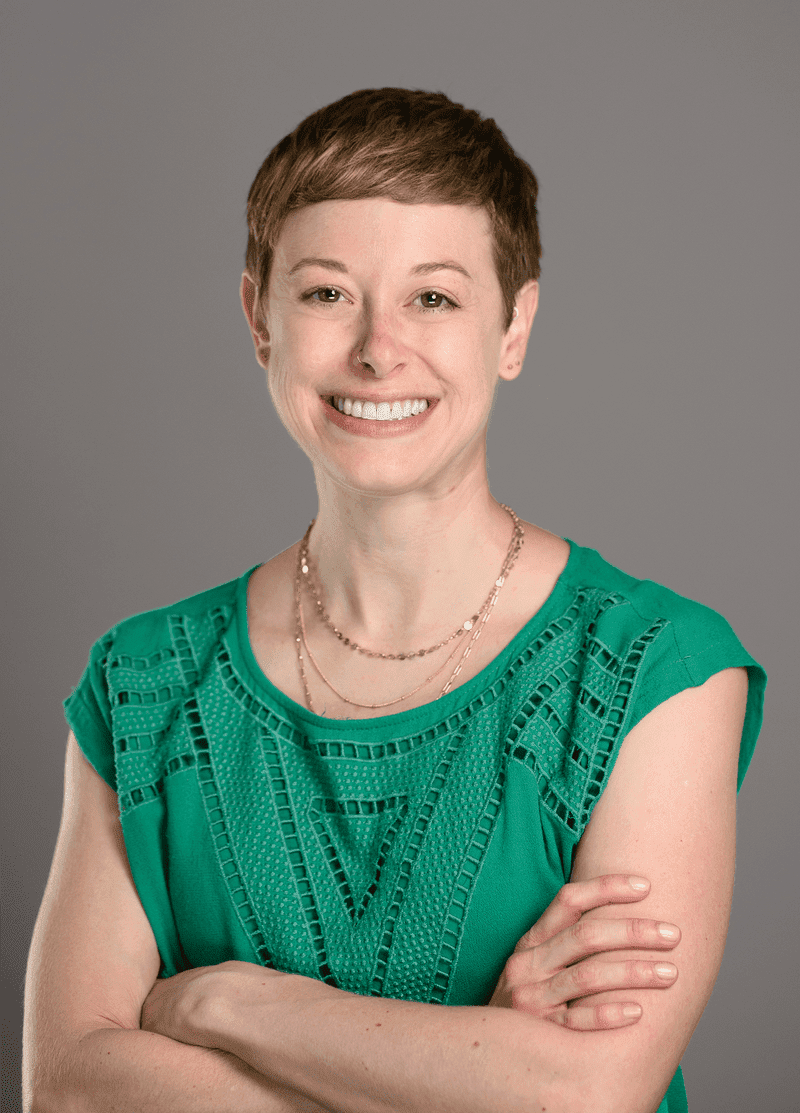


result
The Journey to Become a Physician-Scientist
The Journey to Become a Physician-Scientist
AAAAI Members Share Their Experience, Credit AAAAI Faculty Development Program
Becoming a physician-scientist is about the journey itself and not the destination, according to Erin C. Steinbach, MD, PhD, Assistant Professor of Medicine at the University of North Carolina at Chapel Hill.

Erin C. Steinbach, MD, PhD
“I often tell people who are considering a physician-scientist pathway that they must enjoy the journey,” she said. “The destination then becomes what you do every day to inch closer to your next goal – a paper, grant, collaboration or hooding your PhD student at graduation. It is tough being pulled in so many directions, but I find this work incredibly rewarding. And I have to remind myself that I am already successful by getting to where I am today.”
Balancing clinic duties, research in the lab and personal time away from work can become overwhelming for those pursuing a physician-scientist career. To be successful, passion needs to be at the heart of the work you do.
Dr. Steinbach has been passionate about research for as long as she can remember. She recalls a specific book she read as a teenager, The Hot Zone by Richard Presto, that got her hooked on virology. Early on though, she took any research opportunity that came her way. “I was able to study mechanisms of disease in Marfan Syndrome, pharmacodynamics of antiepileptic drug metabolism in elderly people and nonsense-mediated mRNA decay as a regulator of the cell cycle in yeast, all before entering graduate school. I was (and still am) thrilled by figuring out how things work,” she said.
Akilah A. Jefferson, MD, MSc
It’s a sentiment shared by Akilah A. Jefferson, MD, MSc, an Assistant Professor at the UAMS College of Medicine and KL2 Scholar, who has trained in not only allergy, but health policy and bioethics. “My current research focuses on increasing understanding of asthma and asthma disparities through the investigation of individual and population level determinants of health,” she said. “I’m interested in using big data in population wide asthma studies to improve the health of vulnerable children - in particular racial/ethnic minority and underserved rural children.”
With the time required between designing experiments and seeing patients, building a successful career as a physician-scientist can be overwhelming, and Dr. Steinbach credits the AAAAI Faculty Development Program she attended in 2018 with providing her a strong foundation for her career. “I got career and general life advice from successful physician-scientists in A/I,” she said. “The program helped me develop the important skills of presenting my research ideas to a group and receiving critical feedback on them. I also learned how the NIH is structured and what reviewers look for in grant applications. I continue to build on this foundation to grow my research program and career.”
Dr. Jefferson also spoke highly of the Faculty Development Program. “It has been instrumental in expanding my network, with other junior faculty as well as senior faculty. The mentorship provided by the program has been invaluable. I’ve stayed in touch with senior faculty members who have continued to provide advice and guidance with regard to research and professional development.”
Connecting with others who have navigated the physician-scientist journey, and those just starting it, provides the extra support needed to really thrive in the career. “We cannot work in silos,” Dr. Jefferson said. “We need mentorship, friendship and community to move our field forward.”
“I hope I don’t lose the reader with another tired analogy,” said Dr. Steinbach, “but it truly takes a village to become a successful physician-scientist. The Faculty Development Program provided a key part of that community that persists today and continues to help me to stay on this path.”
Currently, Dr. Steinbach’s research focuses on what happens in the gut during food allergy with the help of a part of her village - an established gastroenterologist physician-scientist. “Dr. Shehzad Sheikh has helped me set up a biobank of pediatric patient samples so we can study how the gut epithelial cells behave differently in food allergy. I suspect that the gut of these patients allows more food allergens to move across the epithelial barrier, and that this can lead to a more severe allergic reaction to the food. My hope is to unravel the mechanisms of this process so we can develop a gut-targeted treatment to reduce the severity of allergic reactions to foods.”
Collaborations such as this not only push the field forward, but provide much-needed support for those working in the demanding field of research and clinical work.
If you’re interested in pursing the path of a physician-scientist, consider applying to be part of the 2024 AAAAI Faculty Development Program. It will take place September 5-8 in Milwaukee, Wisconsin, and is fully funded for all accepted applicants, including airfare.




